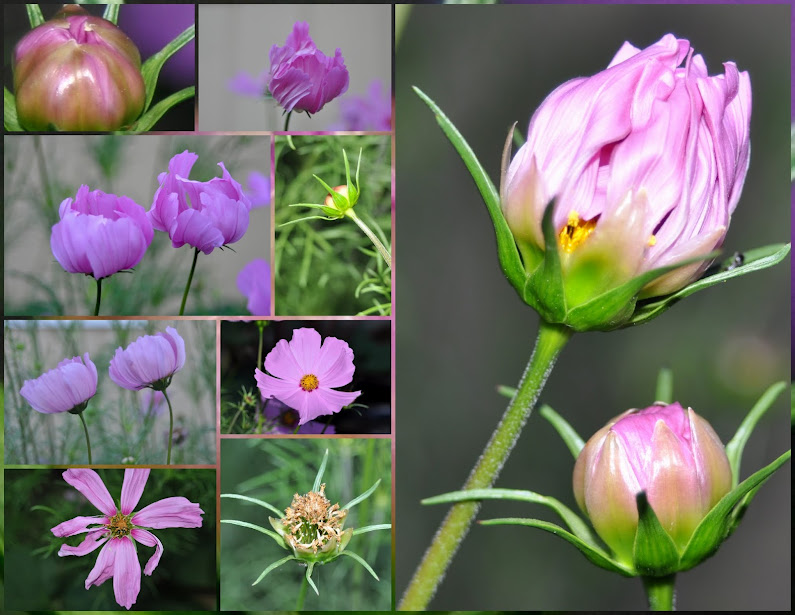In the intricate dance of nature, flowers embark on a captivating journey—a cycle of growth, transformation, and fleeting beauty that epitomizes the essence of life itself. From the humble bud to the resplendent bloom, each stage in the life cycle of a flower tells a compelling story of resilience, adaptation, and the enduring charm of nature’s rhythms.
Stage 1: Germination and Bud Formation:
The journey begins with the germination of a seed, a miraculous process triggered by the perfect blend of soil, water, and sunlight. As the seed awakens, it sends forth a delicate shoot that eventually grows into a bud. Wrapped in layers of protective sepals, the bud holds the promise of what is yet to come—a tightly closed capsule containing the embryonic flower within.
Stage 2: Bud Swelling and Unfurling:
With time, the bud swells, gradually revealing hints of the colors and shapes held within its confines. As the flower prepares for its grand entrance, it stretches and pushes against the constraints of the bud. Slowly, petal by petal, it unfurls—a mesmerizing transformation akin to a butterfly emerging from its cocoon. This unfolding unveils the intricate beauty that was concealed within the bud’s embrace.
Stage 3: Full Bloom and Pollination:
In full bloom, the flower flaunts its splendor, displaying an array of colors, shapes, and fragrances that beckon pollinators. Bees, butterflies, birds, and other visitors are drawn by the promise of nectar and pollen, inadvertently aiding in the essential process of pollination. This pivotal stage ensures the flower’s ability to produce seeds, perpetuating the cycle of life for future generations.
Stage 4: Fruition and Seed Dispersal:
Once pollination occurs, the flower’s primary purpose nears its fulfillment—the production of seeds. The fertilized ovary swells and matures into a fruit or seed pod, containing the seeds that harbor the genetic blueprint for new plants. Various methods facilitate seed dispersal—wind, animals, or even the explosive release from the plant—ensuring the seeds find new locations to germinate and begin the cycle anew.
Stage 5: Senescence and Renewal:
As the flower completes its reproductive mission, it begins to fade. Petals wilt, colors fade, and the once vibrant bloom bows gracefully, signaling the onset of senescence—the final act in the flower’s life cycle. Yet, even in its decline, the flower continues to contribute to the cycle of life, as it drops its seeds or fruits to the ground, nourishing the soil and providing sustenance for other organisms.
The journey from bud to bloom encapsulates the marvels of nature—the resilience, adaptability, and transient beauty that define the floral life cycle. Each stage serves as a testament to the intricate balance and interconnectedness of life on our planet. It reminds us of the cyclical nature of existence and the perpetual renewal that perpetuates the wondrous cycle of life.
